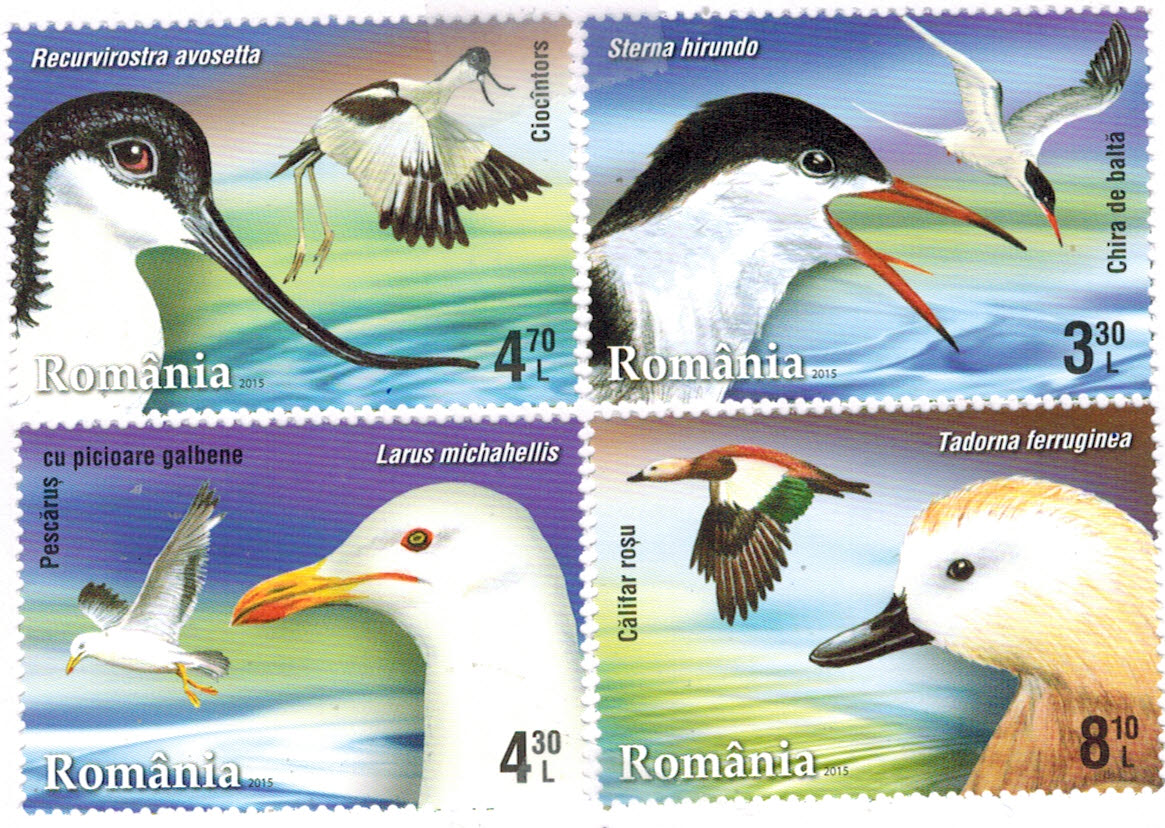Due to their high water solubility and diversity of application methods the movement of neonicotinoid insecticides into surface and ground waters has been of increasing concern. Neonicotinoids have been detected in 63% of the 48 streams sampled across the United States with imidacloprid the highest percentage detection frequency (df) (37% df, maximum 140 ng/L), followed by clothianidin (24% df, 66 ng/L), thiamethoxam (21% df, 190 ng/L), dinotefuran (13% df, 130 ng/L), acetamiprid (3% df, 40 ng/L) and thiacloprid (0% df) and 92% of detectable concentrations <100 ng/L (median concentration of 19 ng/L). In maize producing counties of southwestern Ontario in Canada 100% of 76 samples collected had clothianidin and 98.7% had thiamethoxam with mean concentrations of clothianidin and thiamethoxam at 2280 and 1130 ng/L, respectively (maximum 43600 and 16500 ng/L, respectively). In water from Canadian prairie wetlands of central Saskatchewan (located within a region of high neonicotinoid seed treatment use for wheat and canola) the highest detection frequency (62%) and highest concentrations of neonicotinoids (maximum 3110 ng/L, mean 76.8 ng/L) occurred in summer with clothianidin > thiamethoxam > imidacloprid >acetamiprid. Neonicotinoids have also had wide usage in other countries and have been detected in rivers around Sydney with detection of imidacloprid (93% df, mean 0.20 ng/L), thiacloprid (80% df, mean 0.15 ng/L), thiamethoxam (27% df, 0.10 ng/L), acetamiprid (73% df, 0.08 ng/L) and clothianidin (53% df, 0.06 ng/L). Testing for imidacloprid and its metabolites in wells in high usage areas of imidacloprid in California found no detectable levels (detection limit for imidacloprid and metabolites 0.05 ppb except for imidacloprid olefin at 0.1 ppb). Other areas with soil-applied neonicotinoids (thiamethoxam, clothiandin and imidacloprid) for potato production have detected thiamethoxam, clothianidin, and imidacloprid at 210 to 3340 ng/L (average 620 ng/L), 260-3340 ng/L (average 790 ng/L), 200-8930 ng/L (1590 ng/L) in ground water with the highest frequency of detection for thiamethoxam (during 2008-2012) suggesting high leaching potential.
Source:
Renata Raina-Fulton (2016) Neonicotinoid Insecticides:Environmental Occurrence in Soil, Water
and Atmospheric Particles. Department of Chemistry and Biochemistry, University of Regina, Canada
https://www.researchgate.net/profile/Renata_Raina-Fulton_bailey/publica…

- Login om te reageren
